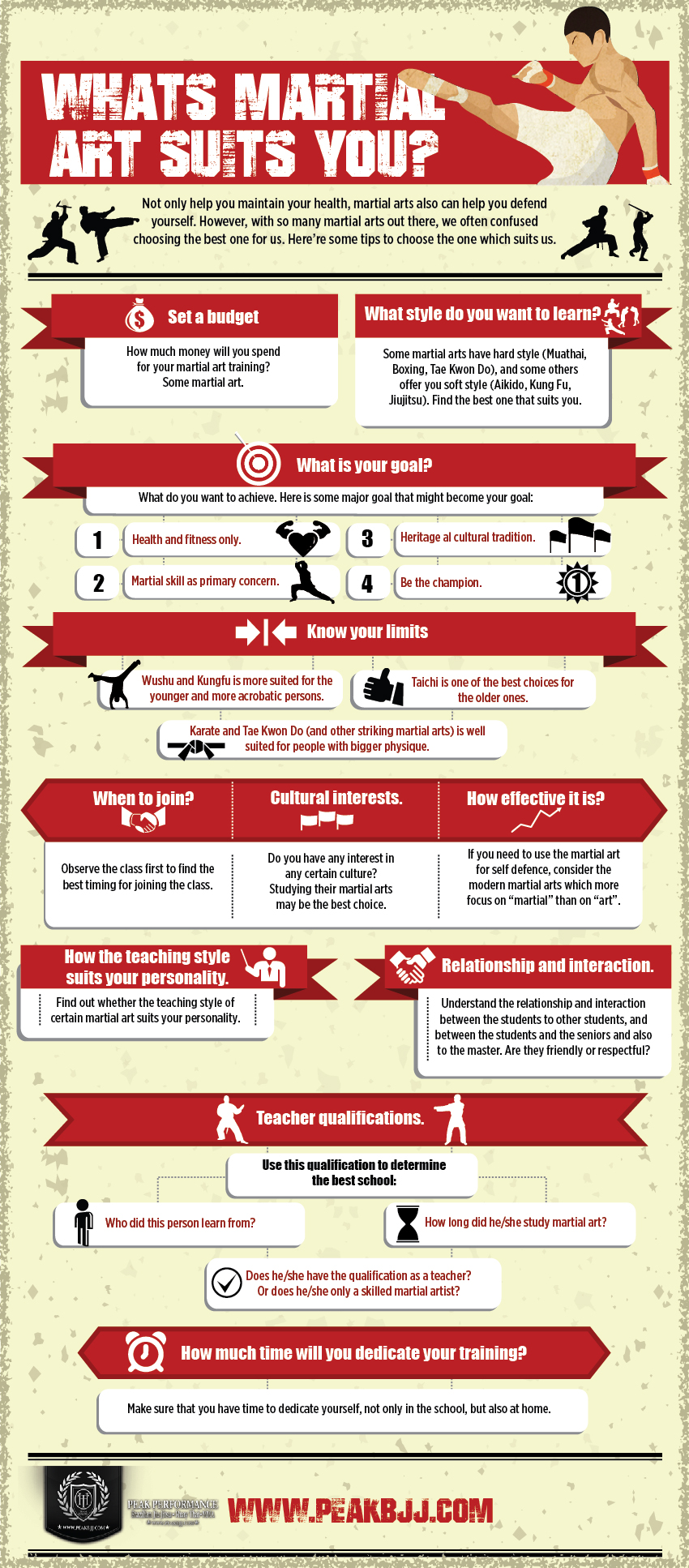The Development And Historic Context Of Martial Arts Worldwide
The Development And Historic Context Of Martial Arts Worldwide
Blog Article
Author-Stevenson Odonnell
Martial arts have a fascinating history that extends centuries and continents. You may find it intriguing just how old techniques like Shuai Jiao and Kalaripayattu laid the groundwork for modern-day battle strategies. These self-controls not just highlight physical abilities however also show the cultures that birthed them. As just click the up coming page explore their development, take into consideration exactly how globalization has actually changed these traditional forms right into crossbreed styles. What impacts do you think have formed today's martial arts landscape?
Ancient Martial arts: The Structures of Combat
As you explore the globe of ancient martial arts, you'll uncover the rich foundations that formed fight strategies across societies. Early methods focused on Self-Defense and survival, commonly integrating strikes, hurting, and weaponry.
In ancient China, for example, techniques like Shuai Jiao stressed throws and joint locks, while India's Kalaripayattu showcased agility and liquid movement. Japanese samurai established Kenjutsu, a refined swordsmanship that highlighted discipline and method.
These martial arts served not just for battle yet additionally as a means of personal growth, instilling values like respect and determination. The mixing of these strategies in time laid the groundwork for the varied martial arts you see today, each showing the distinct ideologies and requirements of its culture.
The Social Influence on Martial Arts Advancement
While martial arts often reflect the practical needs of a culture, they also embody the cultural worths and beliefs of their origins. When you check out various martial arts, you'll see just how they're influenced by faith, philosophy, and social standards.
For instance, the emphasis on regard and self-control in Japanese martial arts comes from Zen Buddhism and samurai society. In contrast, Brazilian Jiu-Jitsu advertises adaptability and method, formed by the need for performance in a varied, modern atmosphere.
You may locate that the routines, uniforms, and training approaches show a community's background and identity. By understanding these cultural impacts, you grow your admiration of martial arts and their role in shaping human experiences around the world.
Modern Adaptations and the Globalization of Martial arts
Martial arts have changed dramatically in recent decades, adapting to contemporary culture and worldwide influences. You'll see that traditional forms have mixed with modern-day techniques, producing hybrid styles like MMA. These adjustments accommodate diverse target markets, making martial arts available and enticing around the world.
With the rise of social media sites and digital platforms, you can find tutorials and competitors from all corners of the globe, breaking geographical obstacles. This globalization has caused a common recognition for numerous techniques, from Brazilian Jiu-Jitsu to Taekwondo.
As mouse click the following internet site involve with these arts, you'll understand they're not almost battle; they advertise health and fitness, discipline, and psychological well-being.
Inevitably, contemporary adaptations have enriched the martial arts landscape, making it a vibrant and progressing technique.
Verdict
In discovering the background and development of martial arts, you reveal an interesting mix of methods, societies, and philosophies. From ancient self-controls like Shuai Jiao and Kalaripayattu to the modern versatility seen in MMA, martial arts show humanity's quest for Self-Defense and individual growth. As you engage with these methods, you not only gain skills but likewise a much deeper recognition for the varied practices that shape our world today. So, proceed visit my web page and welcome the art of fight!
